In the 50 years since the moon landing, humanity has made tremendous leaps in technology. But how close are we to turning our sci-fi aspirations—from space colonies to asteroid mining—into reality? (Partner content)


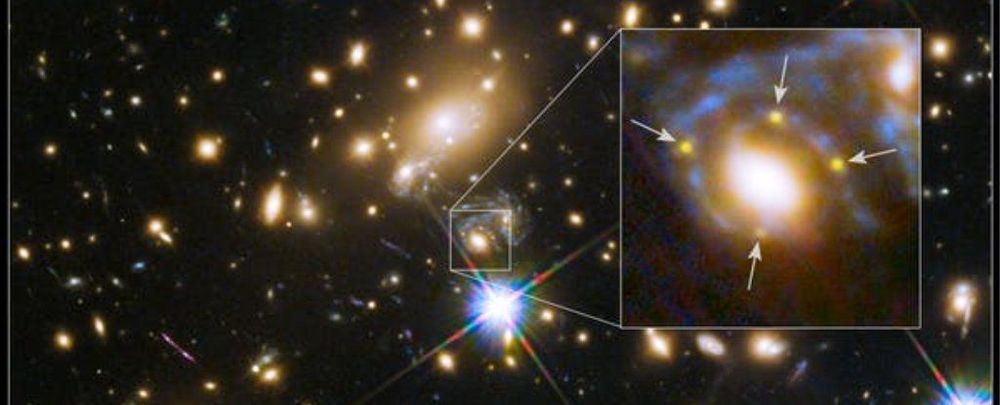
Advances in astronomical observation over the past century have allowed scientists to construct a remarkably successful model of how the cosmos works. It makes sense – the better we can measure something, the more we learn.
But when it comes to the question of how fast our Universe is expanding, some new cosmological measurements are making us ever more confused.
Since the 1920s we’ve known that the Universe is expanding – the more distant a galaxy is, the faster it is moving away from us. In fact, in the 1990s, the rate of expansion was found to be accelerating.
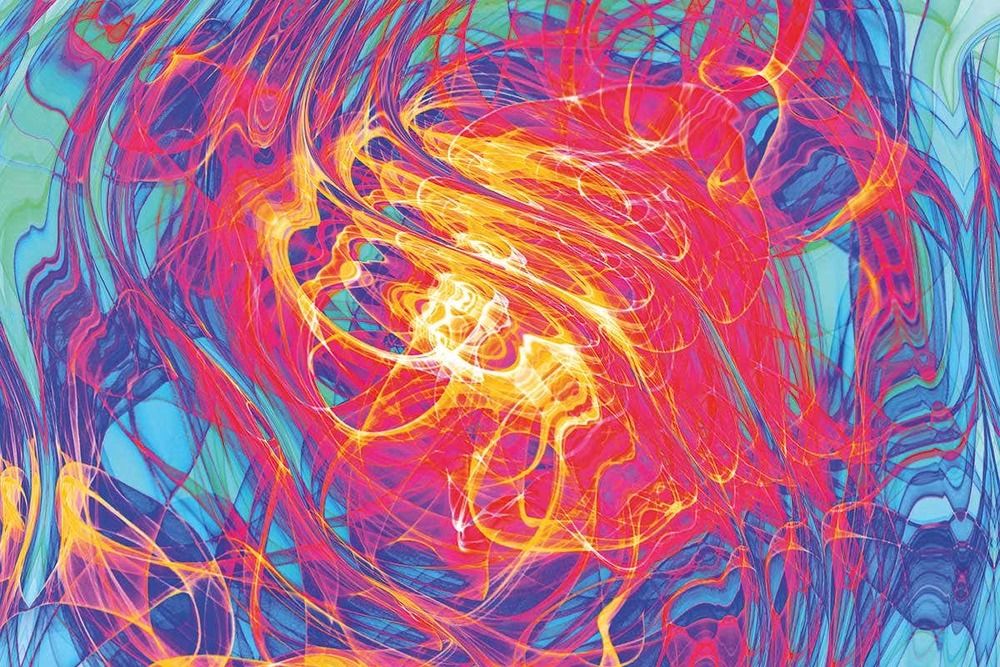


The universe is looking younger every day, it seems.
New calculations suggest the universe could be a couple billion years younger than scientists now estimate, and even younger than suggested by two other calculations published this year that trimmed hundreds of millions of years from the age of the cosmos.
The huge swings in scientists’ estimates—even this new calculation could be off by billions of years—reflect different approaches to the tricky problem of figuring the universe’s real age.

According to MIT professor Seth Lloyd, the answer is yes. We could be living in the kind of digital world depicted in The Matrix, and not even know it.
A researcher in Mechanical Engineering at MIT, Lloyd is one of the leaders in the field of quantum information. He’s been with the field from its very conception to its sky-rocketing rise to popularity. Decades ago, the feasibility of developing quantum computing devices was challenged. Now, as quantum computation is producing actual technologies, we are only left to wonder—what kind of applications will it provide us with next?
But, first things first. In a round-table discussion with undergraduates, Lloyd speaks of his early days in the field with a touch of humor, irony, and most surprisingly—pride. When he just started to research quantum information in graduate school, most scientists told him to look into other areas. In fact, out of the postdoctoral programs he considered, not many were too invested in researching of information in quantum mechanics. Most universities and institutes were reluctant to take up quantum computing, but Murray Gell-Mann accepted Lloyd for a position at the California Institute of Technology. This is where many ideas behind quantum computation were born, and Lloyd is “excited by the popularity of the field today.”
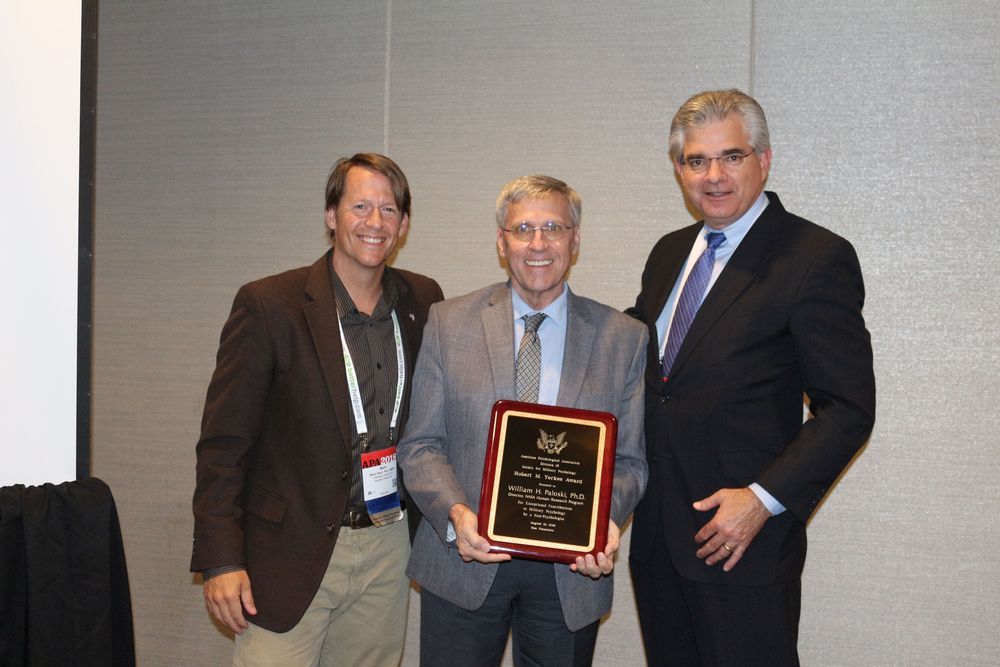
On a recent afternoon at the Johnson Space Center, Bill Paloski, Ph.D., Director of NASA’s Human Research Program (HRP), commented on HRP’s mission to protect the health and safety of astronauts. He reflected on some of the human hazards of space, including radiation, isolation and confinement, distance from Earth, altered gravity, and hostile/closed environments.
“We still have a lot to learn about these hazards,” says Paloski. “For instance, how long does it take for space radiation to damage the human body? When you’re isolated, and can’t get home or talk to your family, how long can you stay positive? NASA’s Human Research Program exists to ensure the safety of brave people who are navigating unfamiliar territory in very stressful conditions. We need this program and its research teams to develop strategies to protect our explorers and pioneers who represent the front line of our nation’s space program.”
Paloski’s dedication to improving the lives of this “front line” has provided benefit to other sectors of the federal government, including those who serve the nation in high-risk missions and those in our military services. In recognition of these benefits, Paloski recently received the prestigious Robert M. Yerkes Award for significant contributions to military psychology by a non-psychologist.
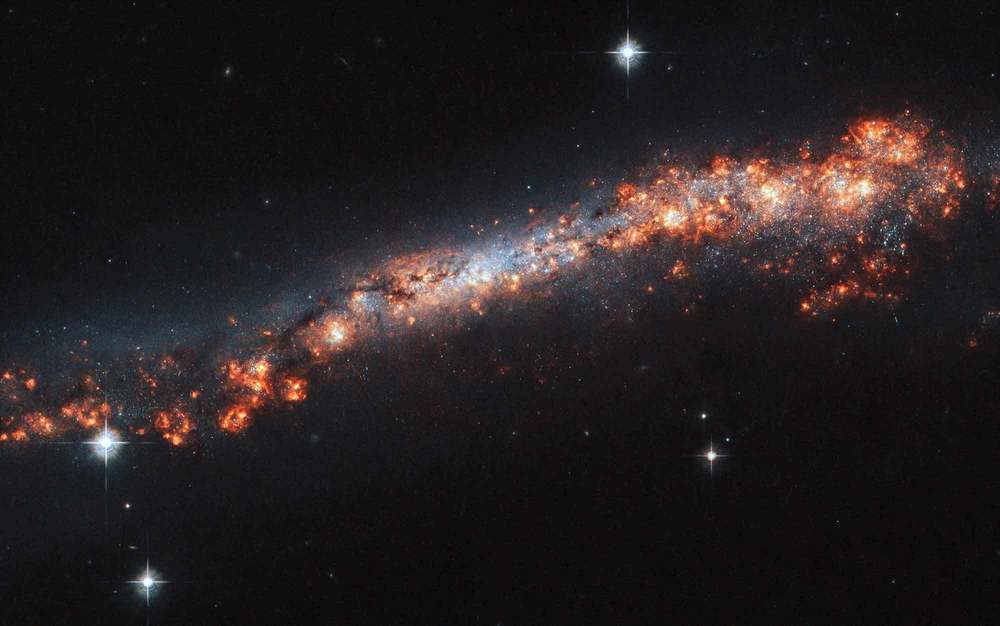
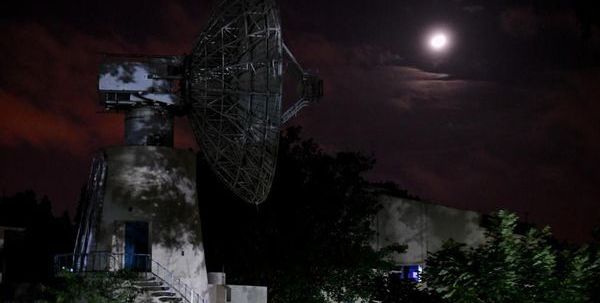
The fact that ISRO managed to place it there is an enormously laudable feat, and act of technical wizardry so immediately rewarding that it almost doesn’t matter that Vikram toppled over and went silent. It is, of course, hugely disappointing that Vikram looks to be unrecoverable. The science it and its Pragyan rover could have carried out in one of the geologically strangest and increasingly strategic parts of the Moon would have been a thrill to see. But, you know, space is hard.
India’s lunar lander and rover may not be recoverable, but the mission managed to successfully deploy an eye in the Moon’s airless skies, one that will conduct up to seven years of groundbreaking interplanetary science.
